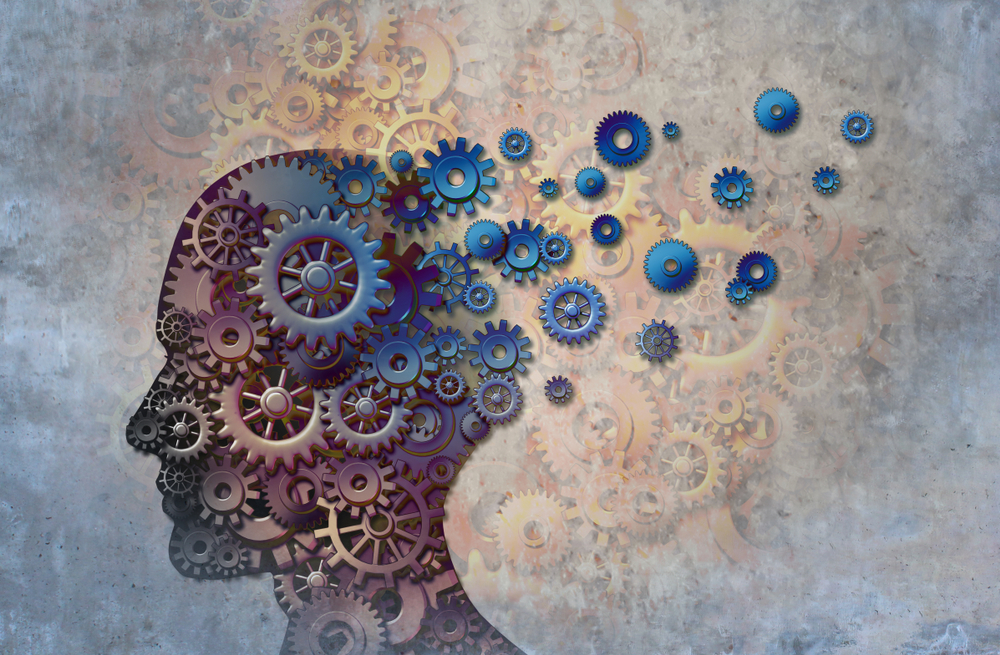
In brain, competing thoughts come in waves and rhythms
In brain, competing thoughts come in waves and rhythms.
Like the ocean on the sands the waves crash across the shore. While looking at the brain and how the blood flows through it could give us clues as to its functionality.
Emerging evidence suggests that a group of neurons can represent each unique piece of information, but no one knows just what these ensembles look like, or how they form.
In a new study, researchers at MIT and Boston University gained insight into how neural ensembles form thoughts and support the flexibility to change one’s mind. Researchers identified groups of neurons that encode specific behavioral rules by oscillating in synchrony with each other. The results suggest that the nature of conscious thought may be rhythmic.













